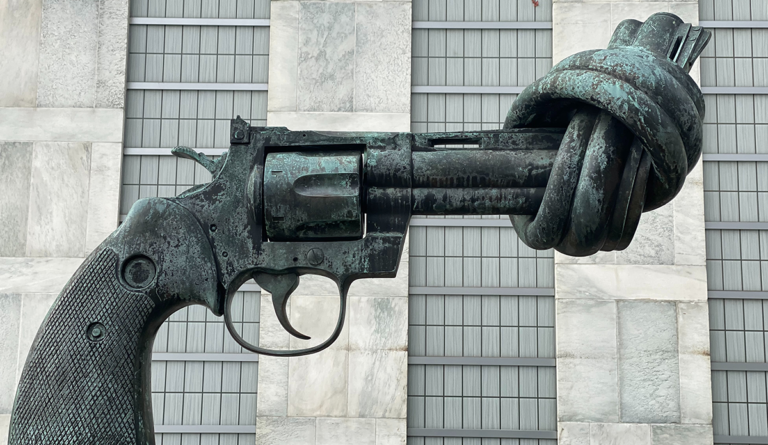Wrong-to-Carry Laws
States passed right-to-carry laws under the expectation that they would decrease crimes. Evidence now contradicts the basic premise of right-to-carry laws.

Read Time: 2 minutes
Published:
Two thirds of Americans support tougher gun control, yet an increasing number of states are moving in the opposite direction, making it easier to own and carry a gun. Over the last 26 years, 25 states have passed “right-to-carry” laws. Broadly, these laws make it easier to carry a concealed firearm without a permit-free.
Many of the states that changed their laws used the ‘more guns, less violence’ hypothesis advanced by a 1997 study. The study estimated that if states removed barriers to gun carrying, then 1,500 murders, 4,200 rapes, and 60,000 assaults could be avoided. Those estimates were later dismissed by a 2005 National Research Council report, which said no causal link could be established between increased gun carrying and decreased crime given the data available at that time.
Indeed, in the years since, researchers arrived at a conclusion directly opposite to the ‘more guns, less violence’ hypothesis. Right-to-carry is associated with a 15% increase in violent crimes and an 8.6% increase in firearm-related homicides.
This study not only aligns with previous findings about violent crime, it concludes the detrimental effects of right-to-carry may be worse in the workplace.
Right-to-carry laws may also contribute to workplace violence. In 2017, more than 75% of the 458 workplace homicides in the United States involved a firearm. Researchers speculate that the increased presence of firearms may escalate arguments between co-workers or domestic partners into a lethal incident.
Until recently, no studies had examined the relationship between right-to-carry laws and workplace homicides. A new study took a comprehensive, 25-year look at workplace homicide statistics to fill this gap. In those years, the 25 right-to-carry states saw 29% higher rates of workplace homicide than states without such laws. This is despite overall workplace homicides decreasing in the same timeframe.
Once states passed right-to-carry laws, the incidence of workplace homicide increased by 24%. Thirteen of those 25 states saw significant increases in workplace homicide. In other words, right-to-carry led to an increase in deadly incidents both overall and in the short-term.
This study not only aligns with previous findings about violent crime, it concludes the detrimental effects of right-to-carry may be worse in the workplace.
Many states passed right-to-carry laws under the expectation that such laws would decrease violent crimes. They did not. Evidence now contradicts the basic premise of right-to-carry laws.
Photo by Maria Lysenko on Unsplash



